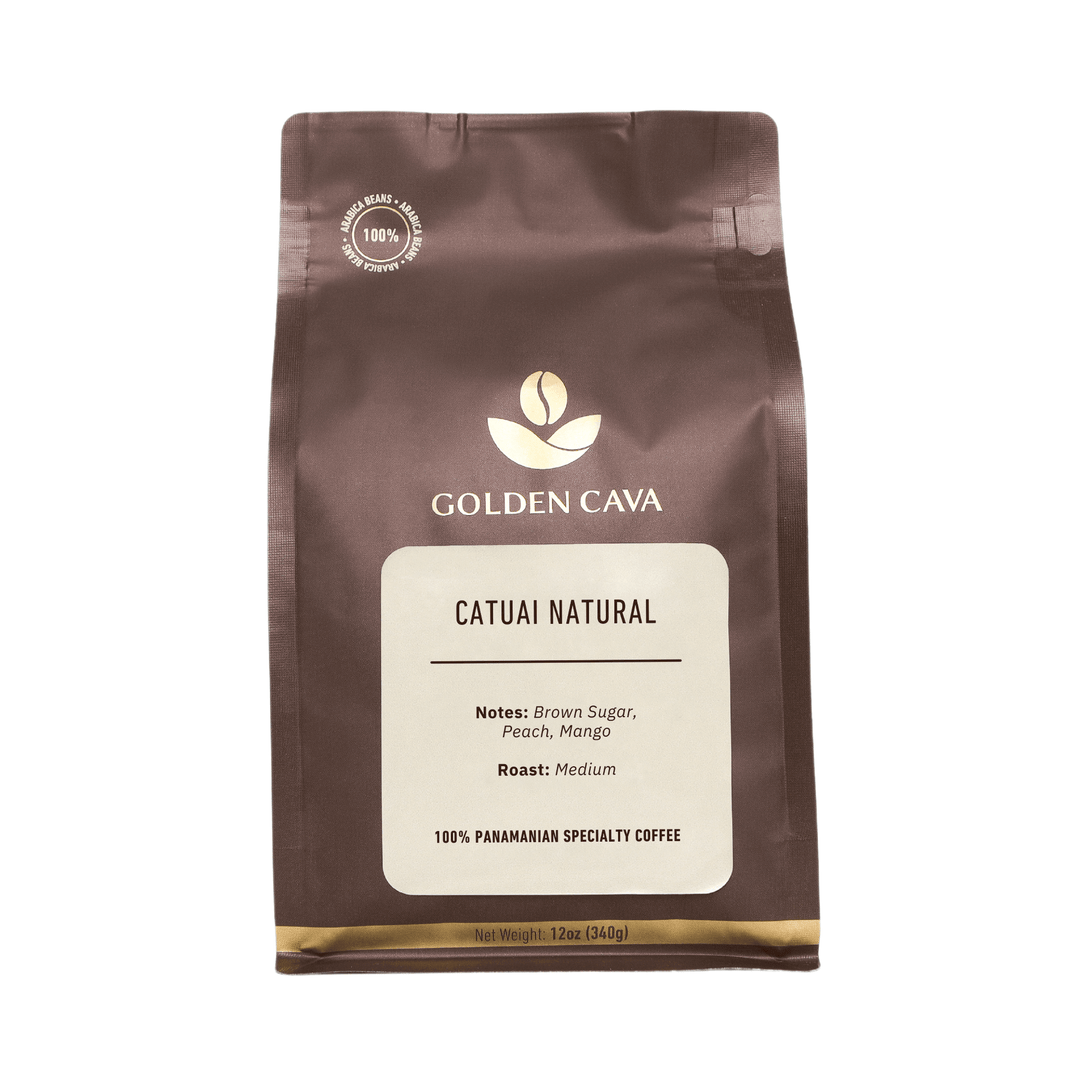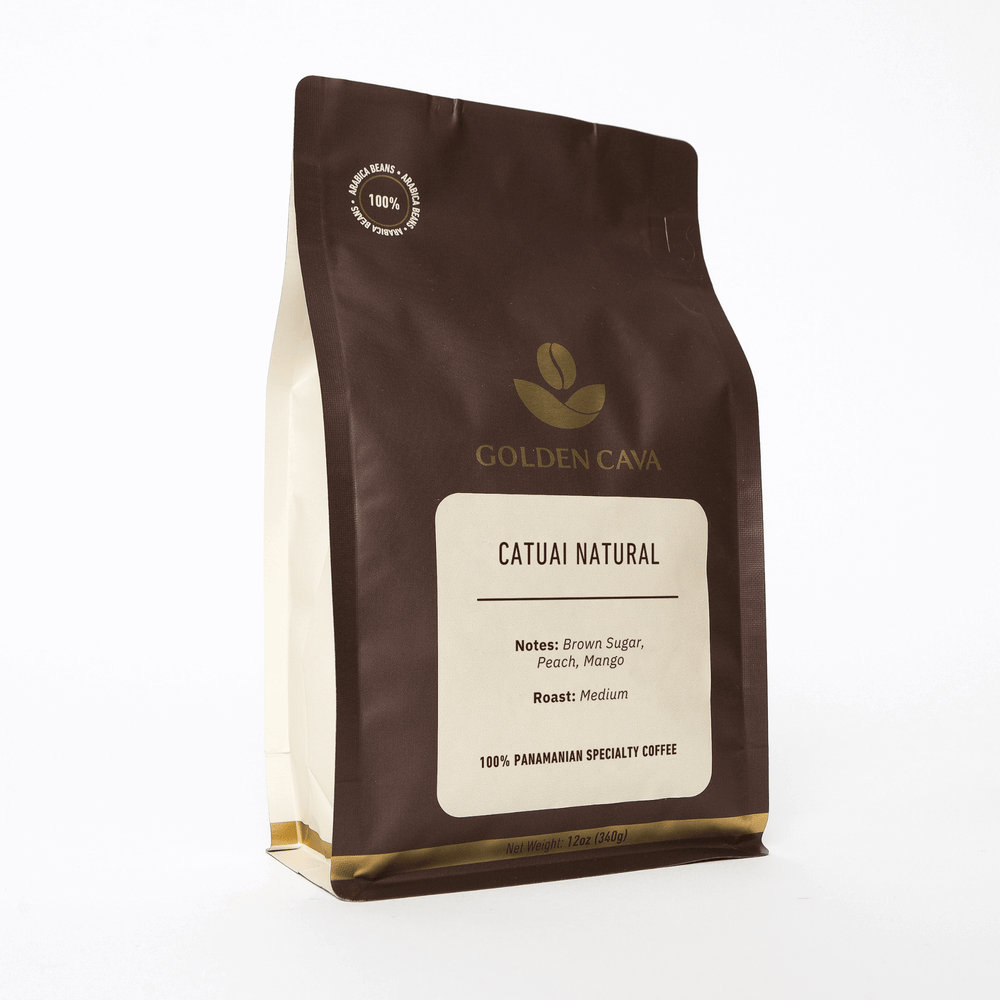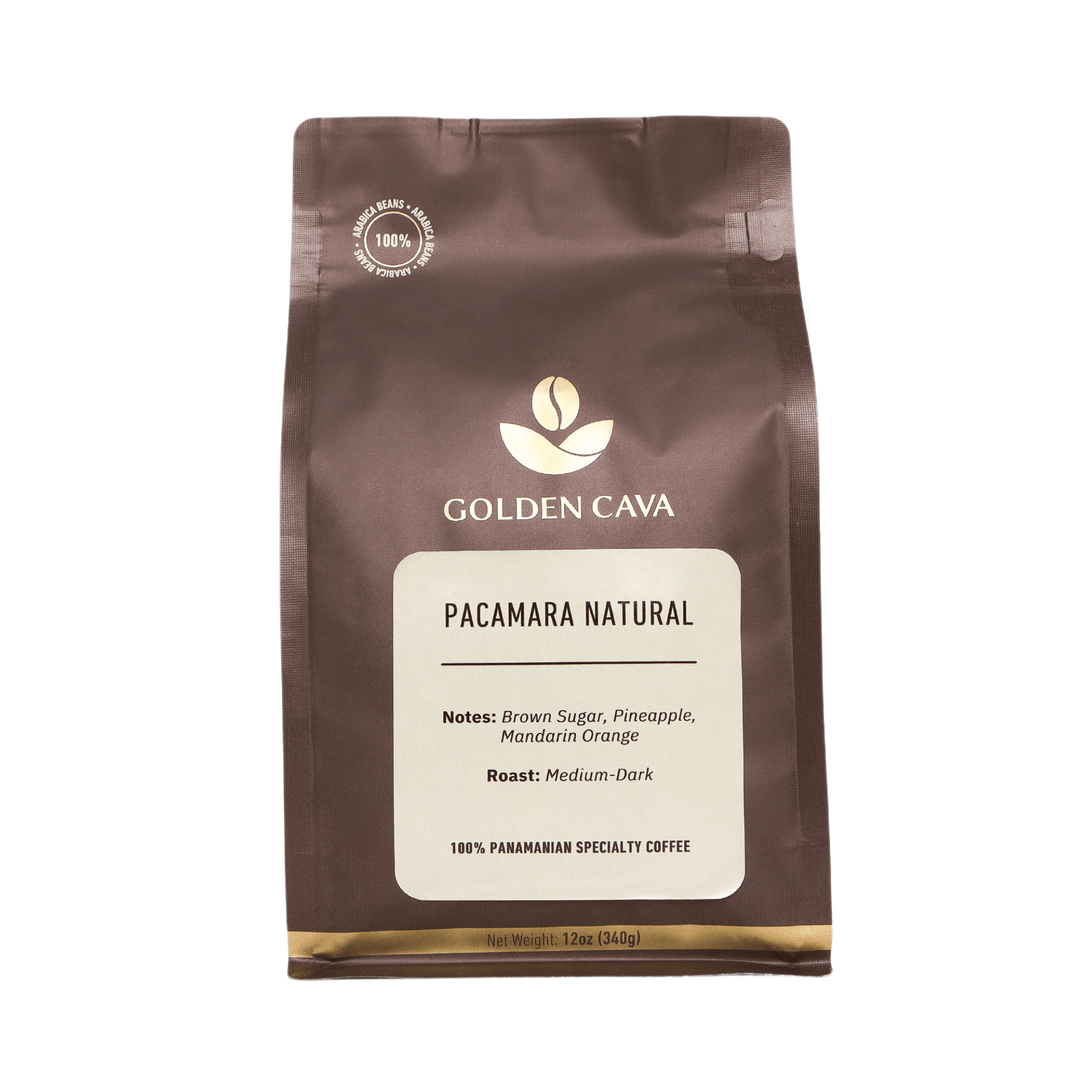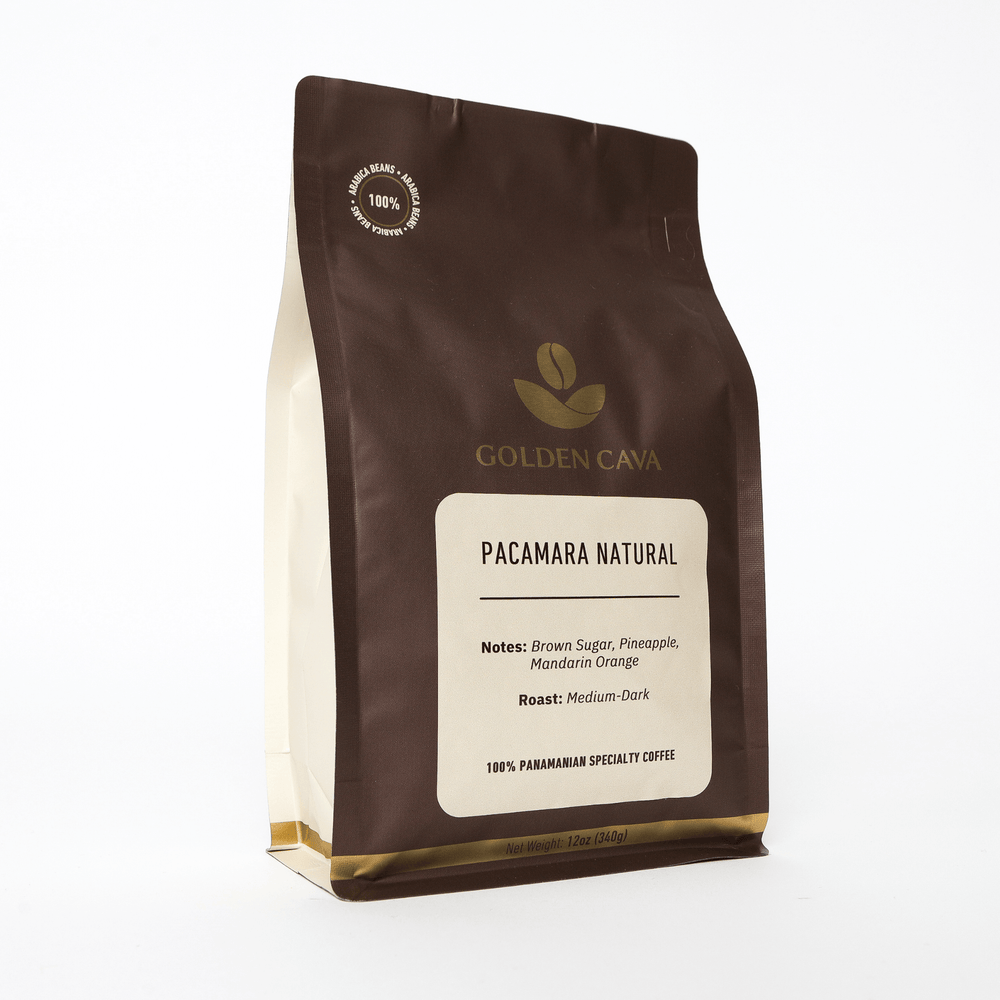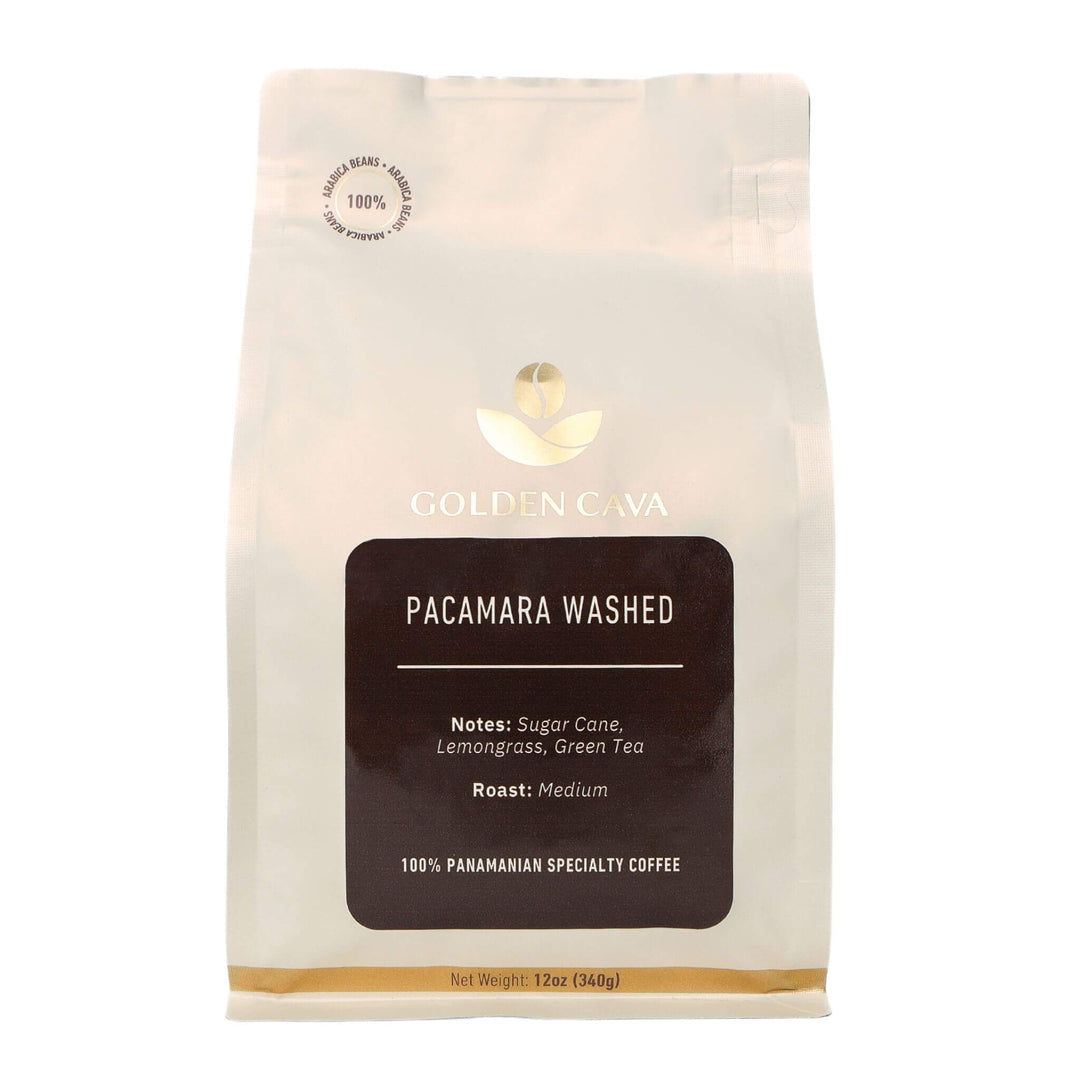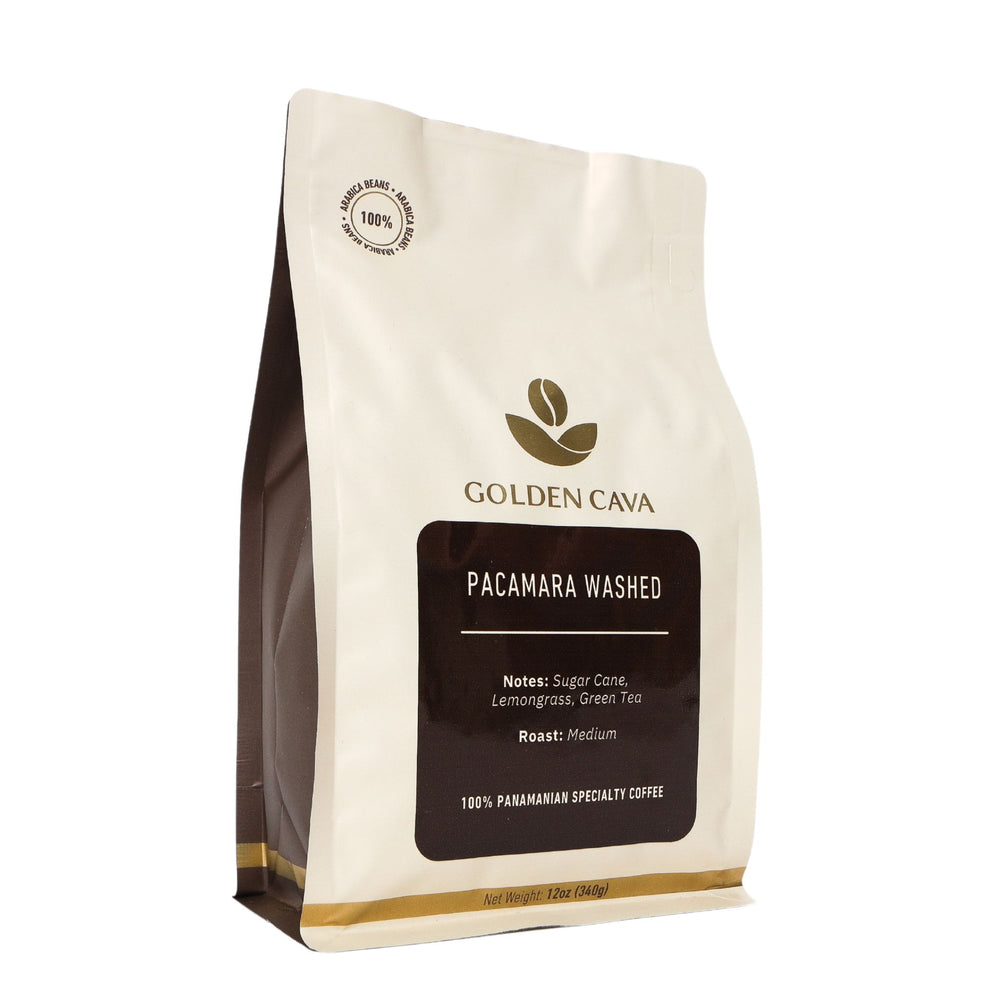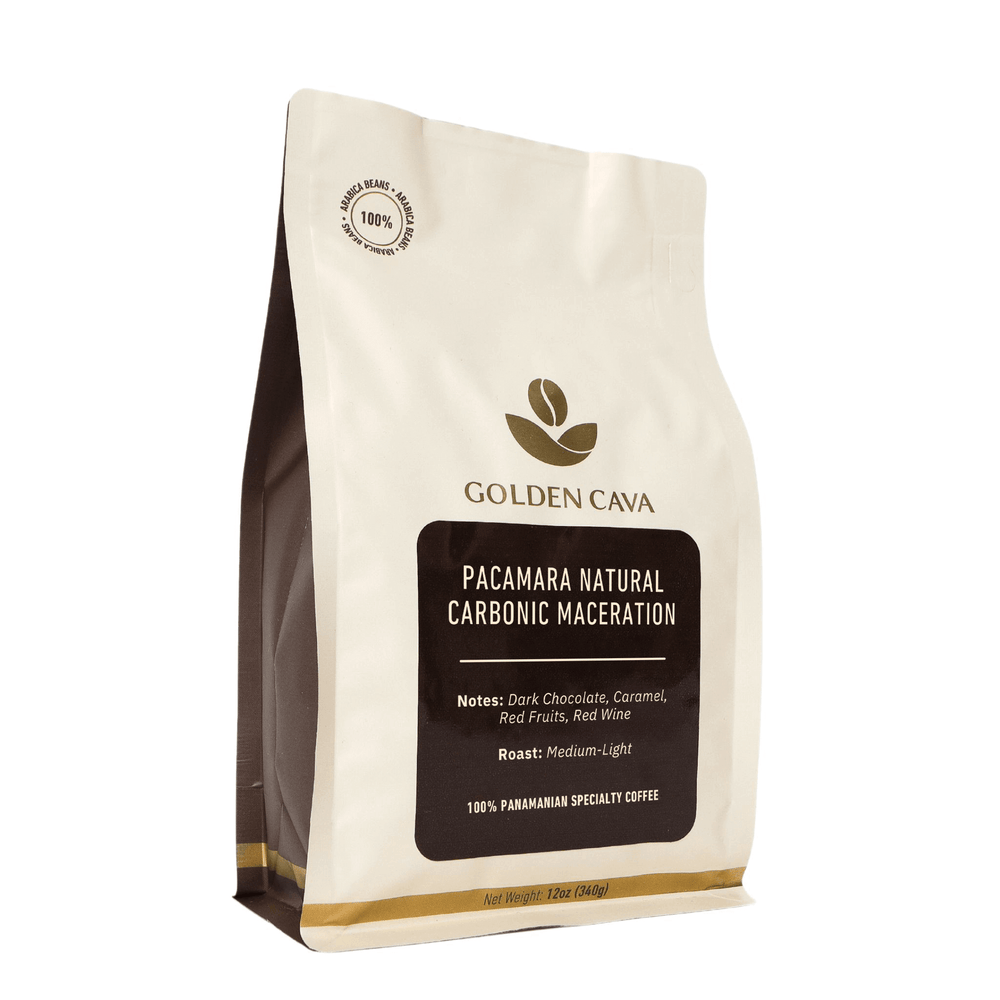How Acidic is Coffee? Exploring Acidity in Your Brew
How acidic is coffee? This query of how acidic is coffee has a complicated response that relies on numerous components, including the beans and brewing method utilized. In this blog post, we will explore the complexity of coffee acidity and its impact on flavor and overall experience.
We will begin by understanding what makes coffee acidic and discuss the different types of acids found in your favorite cup of joe. From there, we'll examine how these acidic compounds influence flavor profiles, as well as ways to measure acidity levels in brewed coffee.
Lastly, for those who are sensitive to acidity or simply prefer a smoother taste, we'll share tips on balancing acidity levels in your daily brew. By the conclusion, you'll be well-versed in coffee acidity and have the knowledge to make informed decisions about your own java habits.
Table Of Contents:
- 1. Understanding Acidity in Coffee
- 2. Types of Acids Found in Coffee
- 3. Effects of Acidity on Taste
- 4. Measuring Acidity in Coffee
- 5. Balancing Acidity Levels
- Frequently Asked Questions How Acidic is Coffee
- Conclusion
1. Understanding Acidity in Coffee
Acidity is an integral part of the coffee's flavor, contributing to its overall taste and complexity. It refers to the presence of various acidic compounds found in coffee beans, which are released during the brewing process when you make coffee. These compounds can make your cup of coffee more or less acidic depending on factors such as bean type, roast level, and brewing method.
A. The Role of Acids in Coffee Flavor
In a well-balanced cup of coffee, acidity brings brightness and liveliness that complements other flavors like sweetness and bitterness. A high-acidic coffee may have fruity or wine-like notes while low-acidic coffees tend to be smoother with chocolatey or nutty undertones.
B. Factors Influencing Coffee Acidity
- Bean Type: Different varieties of Arabica and Robusta beans contain varying levels of acidity due to their genetic makeup.
- Ripeness: As coffee cherries ripen, their acidity decreases while sugar content increases.
- Growing Conditions: Soil composition, altitude, climate conditions all affect the final acidity levels in harvested beans.
- Rosting Process:The degree at which you roast your beans plays a significant role; lighter roasts retain more acids than darker roasts do (learn about different roasting processes here).
- Brewing Method: The choice of brewing method, grind size, and water temperature can all impact the final acidity in your cup. For example, cold brew coffee is known for its lower acidity compared to hot brewed coffee.
C. Acidity on the pH Scale
The pH scale is a system used to measure the acidity or alkalinity of substances, ranging from 0 (most acidic) to 14 (most basic), with pure water being at the neutral point of 7. Most coffees fall between pH 4.5 and 6, making them mildly acidic (learn more about the acidic nature of coffee here). Although this acidity level is typically considered safe for the majority, there are certain medical conditions such as acid reflux that may necessitate avoiding highly acidic items.
In summary, understanding the factors influencing coffee's acidity levels will help you make informed decisions when selecting beans or adjusting your brewing process to achieve your desired flavor profile.
2. Types of Acids Found in Coffee
Coffee contains a variety of acids that contribute to its unique flavor profile and acidic nature. These acids are present in the coffee beans themselves, as well as being produced during the brewing process. Let's explore some of the most common types of acids found in coffee:
- Citric Acid: Citric acid is commonly found in citrus fruits like oranges and lemons, but it's also present in coffee beans. This acid contributes to the bright, fruity flavors often associated with high-quality Arabica beans.
- Malic Acid: Malic acid is another fruit-derived acid that can be found in apples and cherries. In coffee, malic acid adds tartness and complexity to the overall taste.
- Phosphoric Acid: Phosphoric acid is a mineral-based compound that contributes to a clean, crisp acidity reminiscent of black tea or cola drinks.
- Quinic Acid: Quinic acid forms when chlorogenic acids break down during roasting or brewing processes. It imparts a slightly bitter taste and has been linked to increased stomach acidity for some people after drinking coffee.
- Aacetic Acid: strong >Aceticacidis an organiccompoundfoundin vinegarandother fermentedfoods.Incoffee,itcontributesasourflavorprofileandsomebrightness.
The concentrationof theseacidsvariesdependingon factors such asthe typeandoriginofthecoffeebeans,theroastingprocessand thebrewingmethod.Understandingtheseacidsandhowtheyimpacttheflavorofyourcoffeeisessentialforcoffeedrinkerslookingtoexperimentwithnewtastes.
Arabica vs. Robusta Beans: Acid Content Differences
In general, Arabica beans are known for their higher acidity levels compared to Robusta beans. This is due to the fact that Arabica beans contain more citric and malic acids, which contribute to a brighter and fruitier flavor profile. Robusta beans possess a lower acidity level, but tend to be more astringent as they contain greater amounts of quinic acid.
It's important for coffee enthusiasts who prefer a specific taste or want to avoid overly acidic coffee beverages to consider these differences when selecting their preferred bean type or blend.
Coffee contains an array of acids, ranging from citric and malic to chlorogenic and quinic. Moving on, the next heading will discuss how these various acids can affect the taste of your cup of joe.
3. Effects of Acidity on Taste
The acidic components of coffee beans can have a considerable influence on its taste, smell, and feel in the mouth. In this section, we will explore how acidity contributes to the flavor of coffee and how it can be used to create a balanced cup.
a) Understanding Coffee Acidity
Coffee enthusiasts often describe acidity as brightness or liveliness that adds complexity to the flavor profile. It is important not to confuse this with sourness or bitterness; rather, think of it as similar to the refreshing tanginess you might find in orange juice. A well-balanced regular coffee should have just enough acidity for an enjoyable experience without overpowering other flavors.
b) Factors Influencing Acidity Levels
- Bean type: Different types of coffee beans exhibit varying levels of acidity. For instance, Arabica beans are known for their higher acidity compared to Robusta beans.
- Ripeness: As coffee cherries ripen, their sugar content increases while acid levels decrease - resulting in sweeter and less acidic flavors when brewed.
- Elevation: Beans grown at higher elevations tend to develop more complex acids due to slower maturation rates caused by cooler temperatures and reduced oxygen availability.
- Brewing method: The brewing process also impacts the final product's perceived acidity level. Cold brew coffees typically have lower perceived acidity than hot brewed ones because cold water extracts fewer acidic compounds from the grounds during brewing.
- Rost degree: Light roasts usually retain more of their natural acidity compared to darker roasts, which undergo a longer roasting process that breaks down acidic compounds.
- Grind size: A fine grind can lead to over-extraction and increased perceived acidity in your brewed coffee. Experimenting with different grind sizes can help you find the perfect balance for your taste preferences.
c) Balancing Acidity with Other Flavors
Finding the ideal balance between acidity and other flavors like sweetness, bitterness, and body is key to creating a well-rounded cup of coffee. One way to achieve this is by adjusting brewing variables such as water temperature, brew time, or even adding milk-based coffees into your daily routine - as these tend to have lower perceived acidity levels than black coffee.
In addition to tweaking brewing parameters or opting for cold brews instead of hot ones when looking for a smoother taste profile without sacrificing complexity. Another option could be trying out espresso-based drinks like lattes or cappuccinos where steamed milk helps neutralize some of the acidic notes while still allowing you savor all those delightful nuances present in specialty-grade beans.
Acidity can have a marked impact on the flavor of coffee, yet there are ways to quantify it in order to ensure an optimal cup. Measuring acidity in coffee is an important step towards achieving a balanced and flavorful brew.
4. Measuring Acidity in Coffee
Measuring the acidity levels in coffee beans and brewed coffee is essential for understanding how acidic your cup of joe is. There are various methods to determine these levels, including using a pH scale, titration, and sensory analysis. In this section, we will examine each method and provide guidance to help you decide which one is best for your needs.
pH Scale
The pH scale gauges the amount of hydrogen ions (H+) in a solution, with levels running from 0 to 14. A neutral value is 7; anything below that point is acidic and above it alkaline or basic. A neutral pH value is 7; anything below that is considered acidic while above it is alkaline or basic. Most brewed coffees have a pH level between 4.5-6 depending on factors like bean type, roast level, brewing process, grind size etc., making them mildly acidic compared to other beverages such as orange juice or soda.
Titration Method
Titration involves adding a known amount of base (alkaline) solution to an acid until it reaches its neutralization point - where the acid's strength equals that of the added base - then calculating its concentration based on volume measurements taken during titration process . This technique can help accurately measure acidity levels within specific types espresso shots cold brews hot drip filtered drinks alike giving more precise control over final taste profile desired by coffee enthusiasts home baristas professional brewers alike.
- Citric Acid: Found mainly in Arabica beans.
- Malic Acid: Commonly found in both Arabica and Robusta beans..
- Phosphoric Acid: Present in small amounts in coffee beans.
- Quinic Acid: Formed during the roasting process, especially when darker roasts are used.
- Acetic Acid: Produced during the brewing process as a result of extraction.
Sensory Analysis
In addition to scientific methods, sensory analysis is another way to measure acidity levels. This involves using your senses - taste, smell, and mouthfeel - to evaluate the perceived acidity of brewed coffee.
Experienced tasters can identify various acidic compounds present within their cup based on specific flavor profiles associated with each type acid (e.g., citric acid tastes like citrus fruits while malic acid has apple-like notes).
However keep mind subjective nature this approach may not yield exact quantitative results it's still useful tool understanding how different factors affect overall perception taste balance quality final product.
In conclusion , measuring acidity levels in coffee is crucial for achieving desired flavors and maintaining consistency across batches or brews . By understanding these techniques one can make informed decisions about bean selection roast level grind size brewing method order create perfect cup every time.
Assessing the acidity of java is a key component in crafting an exquisite cup, as it enables you to detect and adjust for any possible shortcomings. With this knowledge, we can now look at how to balance out these levels for optimal flavor.
5. Balancing Acidity Levels
Discovering techniques for balancing acidity levels in your coffee can help you achieve a desired flavor profile and enhance your overall coffee experience. In this section, we will explore various methods to reduce acidity or balance it with other flavors, ensuring that every cup of Golden Cava coffee is perfect for your taste buds.
A. Choosing the Right Coffee Beans
The type of beans used plays a significant role in determining the acidity level of your final brew. Arabica beans are known to have lower acidity compared to Robusta beans due to their higher sugar content and more delicate flavor profiles. Additionally, choosing darker roasts over light roasts can also result in lower acidity levels as the roasting process breaks down acidic compounds present within the bean.
B. Adjusting Brewing Methods and Grind Size
Your choice of brewing method can greatly impact the overall acidity level in your brewed coffee. Cold brew coffees tend to have significantly lower acid content than hot brewed options like espresso or drip coffee because they extract fewer acidic compounds during brewing time at colder temperatures.
Similarly, adjusting grind size may also influence how much acid is extracted from ground coffee during brewing; finer grinds typically yield higher extraction rates which could lead to increased perceived bitterness but might not necessarily affect actual pH values.
C. Adding Milk-Based Coffees or Baking Soda
- Milk-based coffees: Incorporating milk into black coffee helps neutralize its natural acids by increasing its pH value closer towards neutral on the pH scale (7). This makes milk-based beverages such as lattes and cappuccinos less likely cause discomfort for those sensitive stomachs or acid reflux issues.
- Baking soda: A small amount of baking soda can be added to your coffee grounds before brewing, which helps neutralize some of the acidic compounds present in the final brew. Though baking soda may help reduce acidity, it should be used judiciously to avoid altering the flavor of your coffee.
D. Experimenting with Water Quality and Temperature
The quality and temperature of water used for brewing can also impact acidity levels in your final cup. Using filtered or bottled water instead of tap water ensures that you are not introducing additional minerals or impurities into your brewed coffee that could affect its pH balance. Additionally, experimenting with slightly lower brewing temperatures (between 195°F-205°F) may help reduce extraction rates for certain acids while still allowing optimal extraction for desirable flavors from ground beans.
In conclusion, balancing acidity levels in coffee is a delicate process involving various factors such as bean type, roast level, grind size, brewing method, additives like milk or baking soda along with adjusting water quality and temperature settings during preparation stages; all these contribute towards creating an enjoyable drinking experience tailored specifically according to individual preferences among coffee enthusiasts.
Frequently Asked Questions How Acidic is Coffee
How acidic is coffee on the pH scale?
Coffee typically has a pH level of around 4.85 to 5.10, making it mildly acidic. The acidity varies depending on factors such as bean type, roast level, and brewing method. However, it's important to note that coffee's acidity does not directly correlate with its impact on stomach acid or reflux issues.
How does coffee cause acidity?
Coffee contains various organic acids like citric, malic, and acetic acids which contribute to its overall acidity. These acids are naturally present in the beans and can be influenced by factors such as soil composition, altitude at which the beans are grown, processing methods used after harvesting and roasting techniques.
Do you think coffee is acidic?
Yes, coffee is considered acidic due to the presence of multiple organic acids within it. While these acids contribute significantly to flavor profiles and taste complexity in brewed coffee beverages they may also affect individuals who have sensitivity towards consuming highly-acidic foods or drinks.
Is coffee the most acidic?
No; while some coffees can be quite acidic compared to other beverages (such as water), there are many more examples of far more strongly-acidic drinks available including fruit juices (e.g., orange juice) or carbonated soft drinks (e.g., colas). Coffee falls somewhere between these extremes when considering overall levels of acidity.
Conclusion
Understanding the different types of acids found in coffee and their effects on taste helps us appreciate its complexity. Measuring acidity levels allows us to control the flavor profile for optimal results. With some practice, we can learn we can gauge how acidic is coffee and how to balance these levels and enjoy an amazing cup every time.
Experience the world of specialty coffee with Golden Cava! Get the best quality, freshness and sustainability to brew a better cup of coffee today.

